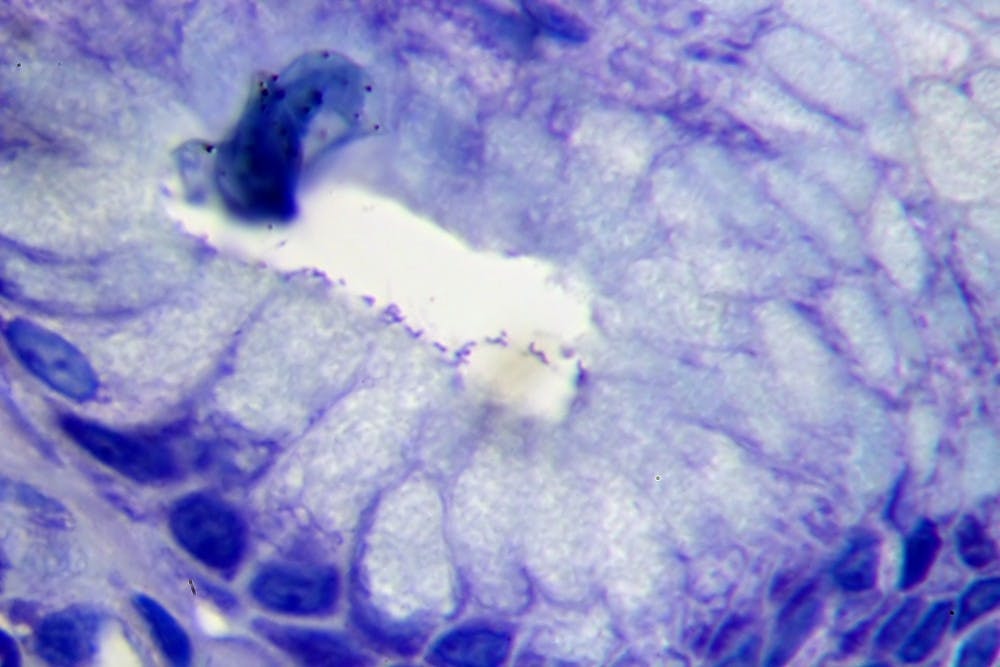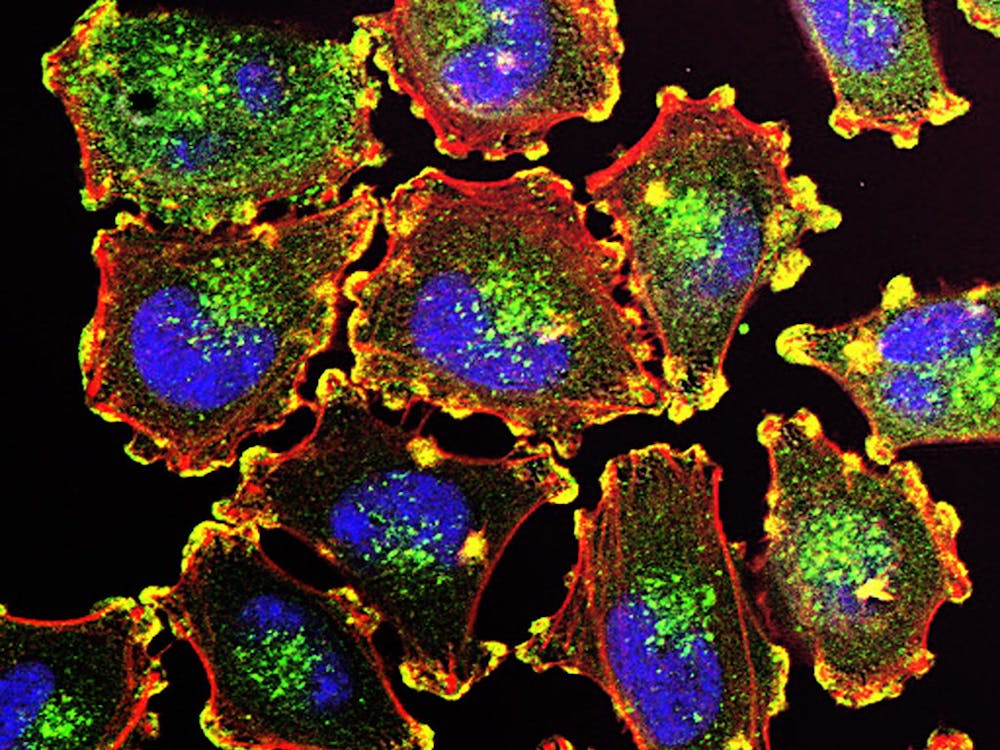Antibiotics are among the most commonly prescribed drugs in human medicine. And in addition to treating a plethora of different diseases in humans, antibiotics are widely used on animal and plants in farms and plantations to prevent the spread of bacterial infections that result in loss of consumable crops or meat.
Unfortunately, bacteria adapt rapidly to the antibiotics meant to kill them. Of the trillions of bacteria eliminated by antibiotics, a few may survive that contain a mutation allowing them to withstand the effects of antibiotics.
These bacteria proliferate, and the plasmid or DNA fragment containing the antibiotic-resistance gene can be efficiently transferred to other bacteria, both intra- and inter-species.
Widespread use of antibiotics has led to serious problems with antibiotic resistance because new antibiotic drugs cannot be discovered at a fast enough rate to combat the bacteria that are constantly developing resistance to current antibiotics.
According to the United States Centers for Disease Control and Prevention, more than 2 million people each year in the U.S. alone acquire serious antibiotic-resistant infections.
These infections directly lead to over 23,000 deaths each year.
The damage caused by antibiotic resistance is expected only to increase in the coming years, and scientists are scrambling to find a solution.
One approach that researchers have been focusing on is reducing the transfer of antibiotic-resistance plasmids to limit the spread of antibiotic resistance among bacteria.
A team of scientists at Université de Montréal Department of Biochemistry and Molecular Medicine has discovered a way to block the transfer of antibiotic-resistant genes by introducing a chemical that binds to the TraE protein.
The TraE protein is a vital part of the plasmid transfer machinery that allows bacteria to adapt faster to antibiotics.
First, the scientists screened a library of small molecules that can bind to the TraE protein and then used X-ray crystallography techniques to determine the exact binding site of these molecules to gain insight on the structure of TraE.
With this information, researchers were able to create the most potent and robust molecules that effectively bind to and inhibit TraE by disrupting its structure.
By inhibiting the function of TraE, the hope is to reduce the transfer of plasmids that carry genes coding for antibiotic resistance. The researchers leading this study at UdeM envision that one day these molecules can be used in clinics and in hospitals, where antibiotic-resistant infections often manifest.
On a larger scale, limiting the transfer of antibiotic-resistance plasmids would help preserve the effectiveness of antibiotics.
Studying the inhibition of the TraE protein is an act that hits two birds with one stone. According to ScienceDaily, Christian Baron, one of the lead scientists of the study, describes that they can actually apply the approach they found that inactivates TraE to destroy bacteria such as Helicobacter pylori, a gastric pathogen that causes stomach cancer and ulcers.
By inactivating bacterial protein similar to TraE in bacteria that cause disease, the results of this study can also be used for antibacterial purposes itself, in addition to reducing antibiotic resistance.
The UdeM group’s work took four years to achieve the results that have finally been published recently, and in those four years the problem of antibiotic resistance has gotten considerably more serious. Joanne Liu, a pediatrician and the international president of the humanitarian organization Doctors Without Borders, has called the impending global issue of antibiotic resistance a “tsunami.”
“They say that by 2050, 50 million people will die from antibiotic-resistant infections. The day when we can’t treat infections with antibiotics is coming,” Liu said in a press release.
Luckily however, the scientific and medical communities have risen up to meet the challenge around the world. Researchers are working tirelessly to win the battle against antibiotic resistance. With advancements like the one at UdeM, there is hope for a solution.























Please note All comments are eligible for publication in The News-Letter.